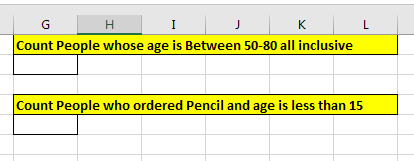

There have been important advances in this field since the start of the modern multiple-criteria decision-making discipline in the early 1960s. Structuring complex problems well and considering multiple criteria explicitly leads to more informed and better decisions.

In making the decision of whether to build a nuclear power plant or not, and where to build it, there are not only very complex issues involving multiple criteria, but there are also multiple parties who are deeply affected by the consequences.

On the other hand, when stakes are high, it is important to properly structure the problem and explicitly evaluate multiple criteria. In their daily lives, people usually weigh multiple criteria implicitly and may be comfortable with the consequences of such decisions that are made based on only intuition. In a service industry, customer satisfaction and the cost of providing service are fundamental conflicting criteria. In portfolio management, managers are interested in getting high returns while simultaneously reducing risks however, the stocks that have the potential of bringing high returns typically carry high risk of losing money. In purchasing a car, cost, comfort, safety, and fuel economy may be some of the main criteria we consider – it is unusual that the cheapest car is the most comfortable and the safest one. Conflicting criteria are typical in evaluating options: cost or price is usually one of the main criteria, and some measure of quality is typically another criterion, easily in conflict with the cost. Multiple-criteria decision-making ( MCDM) or multiple-criteria decision analysis ( MCDA) is a sub-discipline of operations research that explicitly evaluates multiple conflicting criteria in decision making (both in daily life and in settings such as business, government and medicine). Plot of two criteria when maximizing return and minimizing risk in financial portfolios (Pareto-optimal points in red dots)


 0 kommentar(er)
0 kommentar(er)
